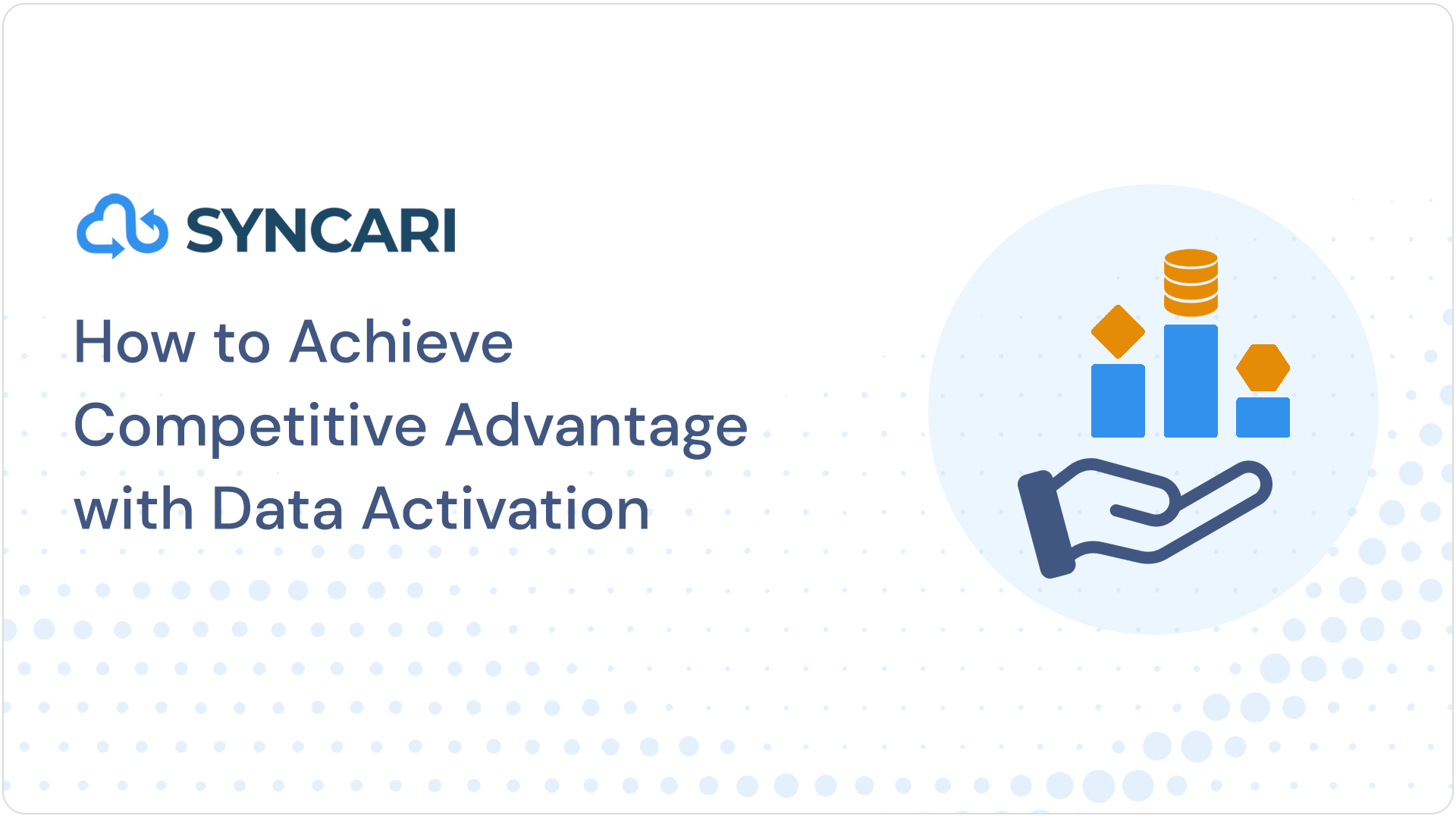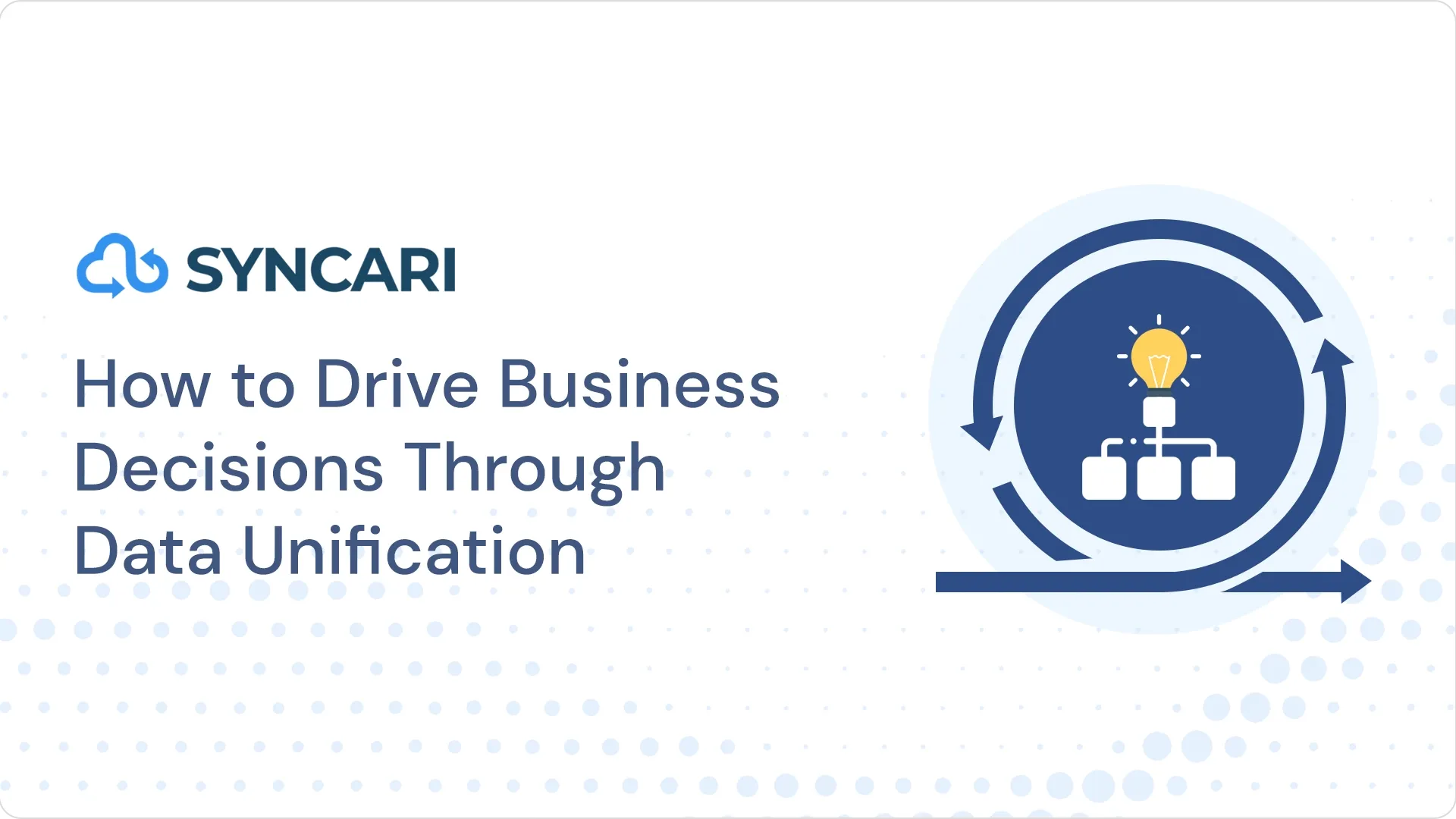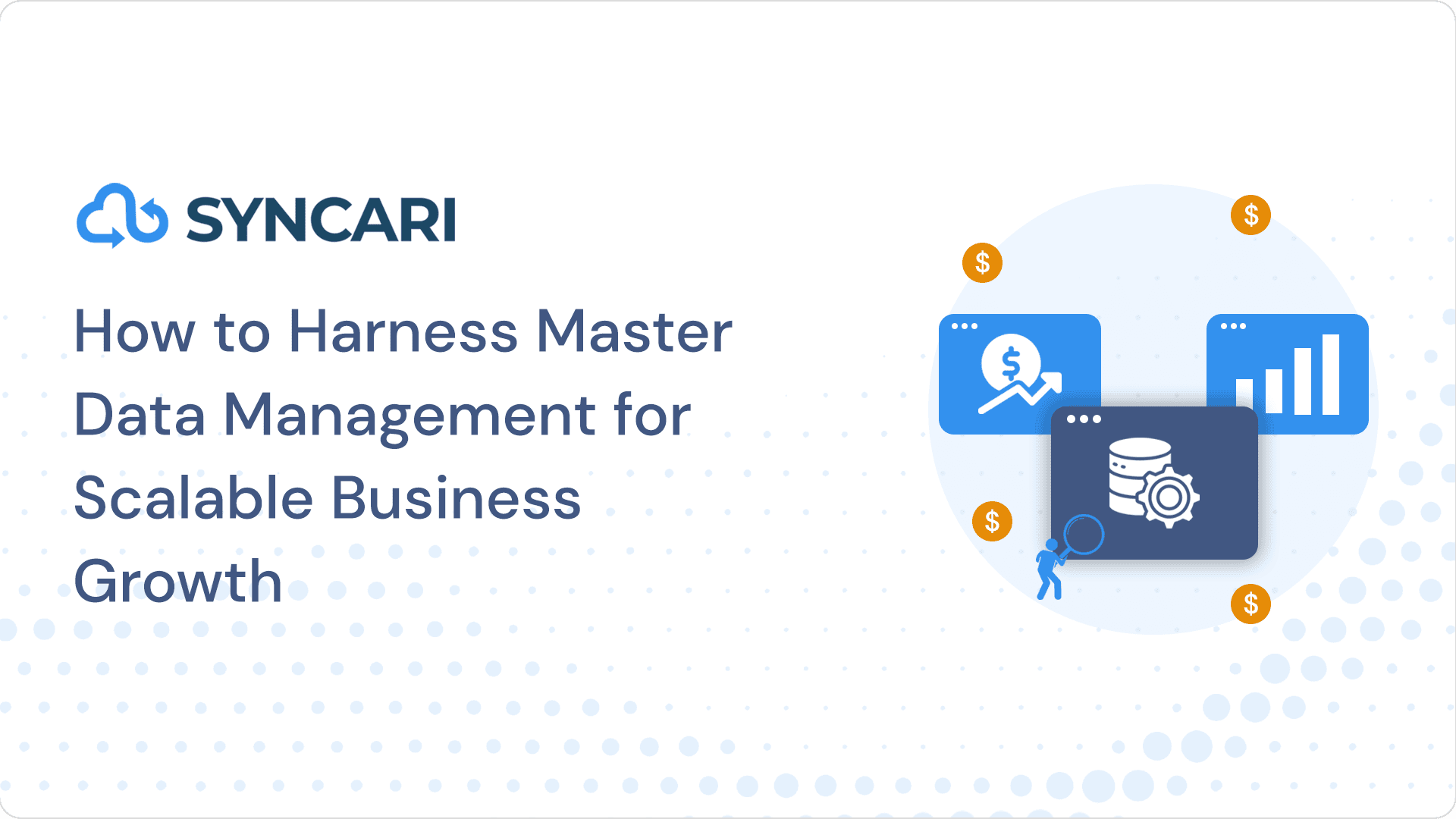As entrepreneurs, it’s common for us to obsess over our product and marketing strategies. The market is flooded with a host of software and no code integrations to automate or optimize these workflows.
But how many of those workflows and investments made are leading to actual revenues?
What is the indicator that makes you continue with that strategy?
Product, marketing, operations, and sales are means to the end – which is profits. But as Peter Drucker said, – If you cannot measure it, you cannot improve it.
Thus, to increase profits, you have to measure, analyze and draw insights from your revenue numbers and strategies implemented.
The good news is, today you do not need to invest in code or multiple software to analyze revenue data and decide your next action steps.
In this guide, we will help you understand how you can use no-code integration for revenue reporting and analytics.
Why use no code integrations for revenue analytics and reporting?
The problem with getting started on automating revenue analytics
Revenue analytics helps you reach the granular level of knowing which product categories, marketing campaigns, sales funnels or employee activities are contributing to revenue generation. For these workflows, you must have implemented CRMs, lead generation software, sales closing tools, Generative AI tools – and so much more across your customer acquisition and sales funnel.
Now, you have a lot of data and insights available with you across the funnel from these tools – but in silos.
Getting data on spreadsheets is useful only till a certain scale. With business growth, revenue reporting and analytics gets tough to review due to volume and complexity.
What are no code integrations?
No code integrations help you retrieve and share data with different software tools – without writing any code. With a few clicks and a visual dashboard, you can connect multiple tools, gather data in a single place and derive insights.
To achieve this, you do not require to write custom code, invest in new software tools and special talent or invest in additional expensive tools. Instead, no code integrations leverage pre-built connectors to transfer data from one software to another, sync, and map them to visualize data.
Why use no-code integrations for revenue reporting and analytics?
- Saves resources: you do not have to assign talent, budget or time for adopting new software. No code integration tools help you bring data from your existing tools to provide a single source of truth.
- Real-time: no code integration tools are powerful to give you real-time updates and insights on your revenue operations.
- Process Automation: No code integrations bridge the link between your RevOps and other business processes. You can automate existing workflows to scale your revenue operations.
- Data visualization for decision making: if you adopt a no-code revenue recognition tool, they include dashboard provisions to help you visualize collected data and make quick decisions.
[ Related : The Definitive Guide to Data Automation ]
How to use no-code integrations for automating revenue reporting and analytics?
Here’s a 5 step process for getting started with using no-code integrations for automating revenue reporting and analytics:
Step–1: Know your sources of data that impact revenues and how you collect them
For example, you’re spending resources on your brand’s content marketing — what are the various touch points that impact overall revenue?
Here, you can look at the:
- Forms to collect leads
- Discount codes that are added as call-to-action buttons for your customers to make a quick purchase
- Upselling of services closed as a part of your content lead magnet (like whitepapers, paid reports, etc)
You can make a simple sheet that recognizes these workflows across the sales funnel and the tools you’ve used to collect the data.
At RedQueen, we do this as a compulsory step while designing systems and SOPs for automation. It’s important to separate revenue-impacting metrics during the design stage itself similar to logo design.
Step–2: Decide what you want to measure for your revenues
There are many revenue metrics that you can measure — but hardly 2-5 matter when it comes to making important business decisions or knowing the business’s health.
For example, if you’re a B2B SaaS business, you must focus on customer churn rate, refunds, length of the deal cycle, closing ratios, etc.
[ Related: How to Build a Holistic Customer Health Score ]
Step–3: Determine various compliance your organization needs to adhere with
Many industries may have to adhere to revenue reporting compliances as per their country or state. You need to keep these custom rules in mind while deciding the ideal no-code integration stack.
For example, you may need to jot down the tax information required, make historical adjustments, exclude or include fees, etc.
Step–4: Choose a no-code integration stack
If you have a few API connections to make, you can use no code automation tools like Zapier, Make, Bardeen, Microsoft, etc to capture data from existing software deployed and transfer it to a revenue reporting Google Sheet or Excel template.
If you need better dashboards, you can create a custom web app using platforms like Softr, Bubble, Adalo, Airtable, Microsoft etc. Simply use the no-code automation tools to pass the data to your custom dashboard.
You can also use data visualization tools like Looker Studio or Tableau as your dashboards. You may even automate report generation that is sent to management periodically.
If you have too much unorganized data, want a pre-built dashboard for visualization or a complete end-to-end Revenue Operations automation, you can opt for a third-party full-stack revenue automation tool. Usually, these tools include data cleansing features, predictive analytics, dashboard and insights that further help in making decisions.
With the entry of Generative AI tools, one can expect RevOps to get further automated with better insights generation.
If you need help choosing which method is suited to your organization’s needs, you can connect with us at redqueen@merrative.com
Step–5: Conduct pilots to test no code integrations
It’s necessary you test each workflow designed and automated to measure target revenue metrics one by one. Use sample data to test the no-code integration. Troubleshoot any errors before going live with the actual data. You can look for errors in data retrieval, data filtering, data representation, etc.
When you have a good no-code integration system in place, train your employees to follow best practices for cleaning and feeding accurate revenue metrics data. Make them understand their role and take necessary feedback for further optimization.
[ Related: The Missing Link in Intelligent Automation: Unified Data, Rick Vargas ]
Top no code integration tools for revenue reporting and analytics
To implement no-code integration, you need 3 major types of tools:
- An API connector
- Dashboard
- Optional: No-code Generative AI tools to derive insights or generate forecasts
Otherwise, you can simply opt for a 3rd party no-code Revenue Operations automation software that takes care of all 3 in one single tool.
Here are the top tools across each type that you can explore:
API connectors that help with no-code integrations
API connectors allow various software to communicate with each other via APIs. Here are some no-code API connectors that you can use:
- Zapier: has 1500+ ready-to-use API integrations that are easy to implement
- Make: formerly Integromat, Make allows you to integrate various apps to automate tasks, apps, workflows and systems.
- NoCodeAPI: helps you connect with 50+ apps without any backend
- IBM API Connect: you can create, manage and monetize across a complete API lifecycle
- Xano: features include a no-code API builder that helps integrate, filter or transform data from various apps
- Sheetsu: connect your programs and tools to Google Sheets
- Automate.io: workflow automation and iPaaS platform for integrating software
Dashboards that help connect and visualize data
Using no-code web app builders, you can aggregate the data and prepare a custom revenue analytics dashboard:
- Bubble: a visual programming language that helps make powerful web apps, and now can also work with OpenAI products.
- Airtable: a low-code database-spreadsheet hybrid app to build collaborative apps like internal tools, dashboards, etc.
- Softr: create web applications, including a dashboard using Google Sheets or Airtable
- Flutterflow: create mobile or web apps using its visual builder. You can also export code.
- Looker Studio: formerly Google Data Studio, Looker helps generate custom reports and dashboards.
- Tableau: data visualization software designed for business intelligence workflows
Using no-code Revenue Operations Management platforms
You can avoid the hassle of using separate no-code integration tools and use a no-code RevOps automation platform for generating revenue reports and analyzing data.
Syncari is a stateful no-code integration platform that can help entrepreneurs automate and optimize their revenue analytics and reporting workflows without writing any code. The platform enables businesses to unify their customer data from multiple sources, standardize it, and create distributed sources of truth for all their revenue operations.
With Syncari, you can easily retrieve and share data from different software tools, gather the data in a single place, and derive insights with a few clicks and a visual dashboard.
Syncari’s no-code approach means that businesses don’t need to have a dedicated IT team or hire developers to set up the platform. Instead, business users can create custom workflows, data mappings, and data transformations using a drag-and-drop interface, without writing a single line of code.
The platform provides a range of features for revenue operations management, including data cleansing, deduplication, enrichment, and segmentation. It also enables businesses to automate their lead routing and scoring processes, as well as their sales and marketing campaigns.
Syncari integrates with a range of popular CRMs, marketing automation tools, and other business applications, allowing businesses to synchronize data across their entire tech stack. The platform also provides real-time analytics and reporting capabilities, giving businesses insights into their revenue operations and enabling them to make data-driven decisions.
Overall, Syncari’s no-code Revenue Operations Management platform enables businesses to streamline their revenue operations, reduce manual tasks, and improve data quality and accuracy, ultimately helping them to drive growth and increase revenue.
Need help to choose the right no-code tools for process automation?
This is a guest post written by Harshala Chavan, a maker and writer in the space of no-code, process automation and the publishing industry. She helps brands automate their manual tasks using no-code automation tools via RedQueen.blog and create publications or content libraries via merrative.com


